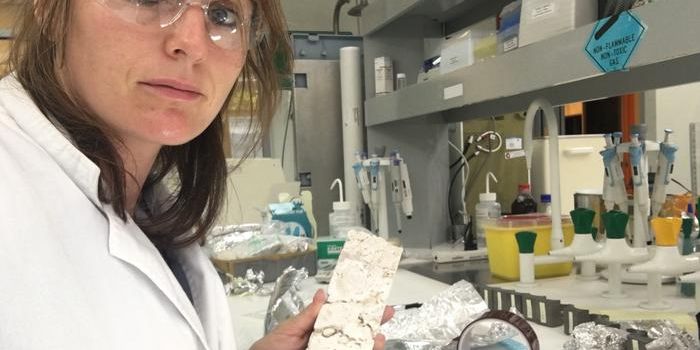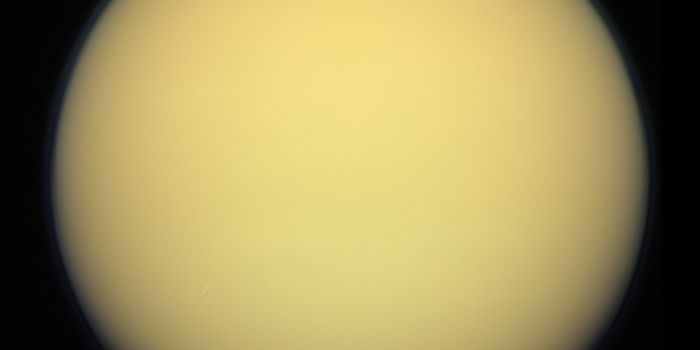Photovoltaic paint has endless potential
A team from the Photo-electronic Hybrids Research Center of the Korea Institute of Science and Technology (KIST) has developed a high-efficiency large-area organic photovoltaics that can be applied as a paint to any surface. Their achievements, published in Nano Energy, open the doors to promoting low-cost eco-friendly energy, whether its on buildings, cars, or pavement.
Organic photovoltaics refer to solar cells that are manufactured with carbon-based conductive light-absorbing organic materials. Led by Dr. Hae Jung Son, the research team on the project identified a new solution process that controls the velocity of film formation of the solar cells’ raw materials, allowing the researchers to determine the speed at which the materials solidify. This was the key to switching from a small area to a large area of organic solar cells.
Dr. Son said, "The core design principles of solar cell materials capable of high-quality large-area using the solution will accelerate the development of solution-processable solar cells in the future. [This study] has contributed to not only raising the efficiency of next-generation solution-processable solar cells but also the development of core technology for manufacturing large-area solar cell materials required for commercialization."
Solution processable solar cell are solar cells that are manufactured by low-cost coating or printing using an ink-type organic precursor, instead of a high-cost vacuum process. In this process, the coated photoactive area of the cell generates energy that can be used to power whatever an individual may need.
The genius behind the KIST team’s research was combining a method known as spin-coating, which is traditionally used only on the small-scale laboratory level of manufacturing with large-area organic photovoltaics. As mentioned above, they did this by controlling the solvent evaporation rate following the coating step in order to manage the film formation speed and ultimately optimize solar cell energy generation.
The result showed a high-efficiency large-area organic photovoltaics that is among the highest performing of its kind, with up to 30% higher power conversion efficiency. The researchers hope that their methods can act as guidelines for the development of more high-efficiency large-area organic photovoltaics that could serve to bring cheap and easy-to-install electricity to energy-poor locations.
Sources: Nano Energy, Eureka Alert








